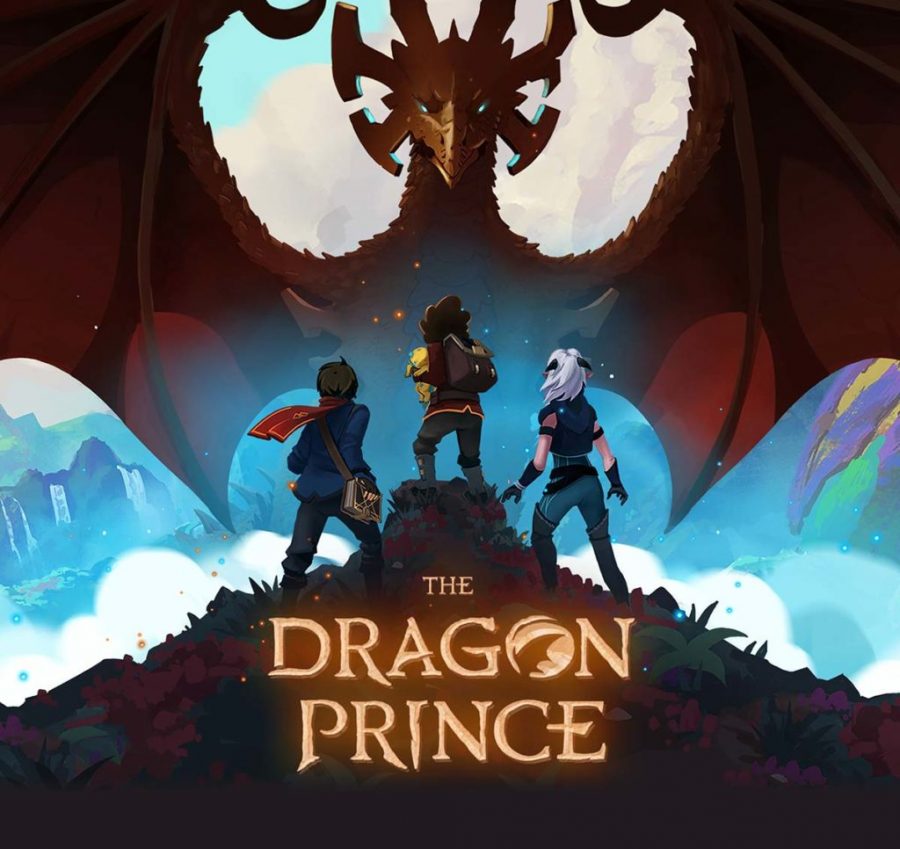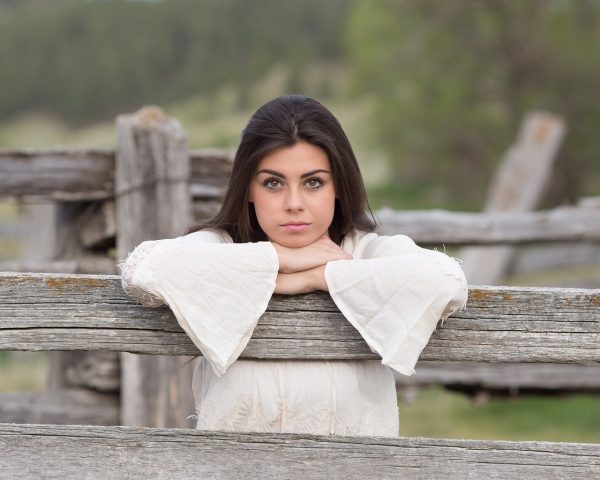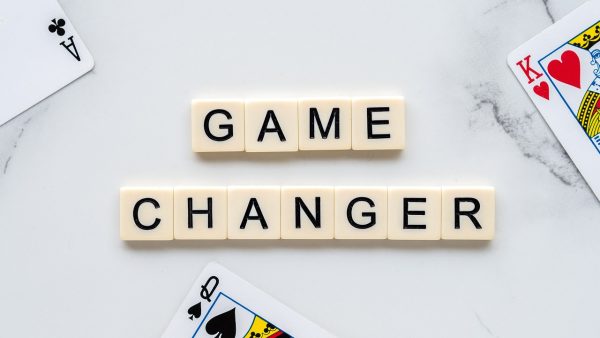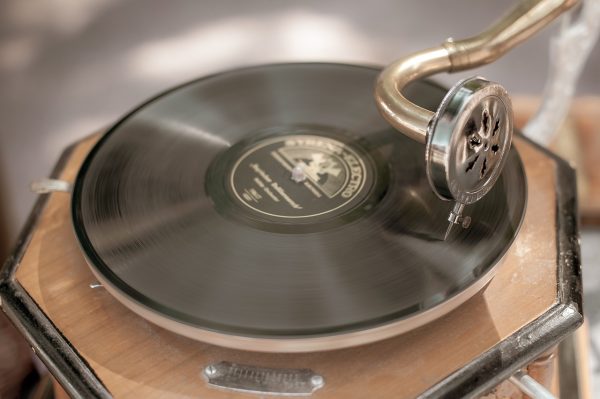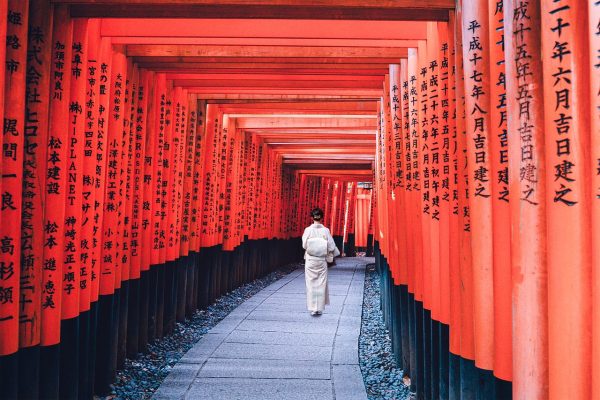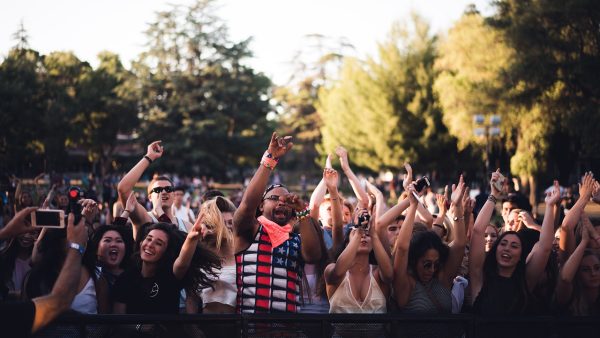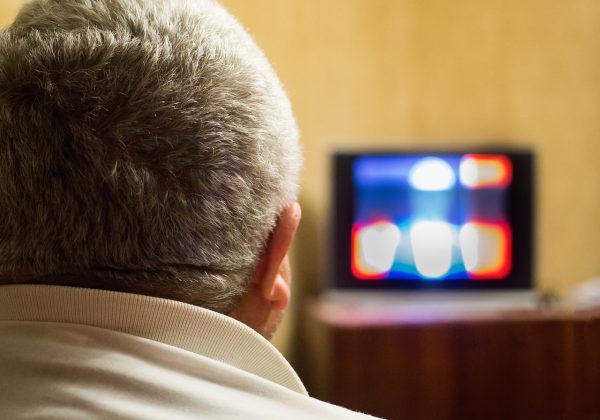Media Representation in Action: The Dragon Prince
Ocean. Earth. Sun. Sky. Moon. Stars. Long ago all magical creatures lived in harmony in Xadia, but that all changed when humans learned dark magic. The writer behind Avatar: The Last Airbender, Aaron Ehasz, has returned with a new series called The Dragon Prince. Animated by Wonderstorm in a combination of 2D and 3D and published by Netflix, The Dragon Prince tells the story of two human princes discovering the dragon queen’s lost egg in the castle and joining with an elf assassin to return the egg to the dragon queen. This is set against the backdrop of a world where humans are non-magical, and, in an attempt to become magical, begin practicing dark magic. This upsets the natural magics found in Xadia, where each living thing has a connection to a primal source: the ocean, earth, sun, sky, moon, or stars.
One thing that immediately stuck out to me when I was watching the show was the amount of positive media representation there was for minority groups. Media representation is based on the idea that seeing characters like yourself on screen helps people become more comfortable in their own identities, whether that identity is based on ethnicity, race, culture, sexuality, gender, or disability. Consider the fact that in 2018, it is estimated that world-wide, each person spent almost 8 hours consuming media. That means that 8 hours per day, most people are receiving information about the world around them. Young children are more easily influenced by what they see in the media. According to Carlos Cortes, a historian who wrote the book The Children Are Watching: How the Media Teach About Diversity, “Minorities realize—supported by research—that the media influence not only how others view them, but even how they view themselves.” Thus having media representation for minorities can positively impact how the majority and the minorities perceive both themselves and others.
One of the most prominent examples of media representation in The Dragon Prince is how they approach the topic of race: they don’t. The Dragon Prince is written in a world that features people of every race found on earth. For instance, two of the main characters, Callum and Ezran, are mixed race. Callum has the equivalent of an Asian and a white parent, while Ezran has an Asian and black parent. This is never questioned at any point throughout the show, and it is never used against either of these characters. In fact, at no point in the show has race been used as a basis for discriminationin either the human or the elven world. In fact, racial differences are especially celebrated in the elven world, where certain skin colors or races are associated with different types of magic. Sunfire elves have typically darker skins in warm tones and moonshadow elves range through pale human skin color to darker purplish skin. That is because in this world, it is normal and celebrated, something which many media forms have attempted and many have failed at successfully implementing.
In later seasons, LGBT+ awareness is also integrated into its large repertoire of media representation. Rayla, another main character, is revealed to have been adopted by a gay couple in Book 3. Her fathers have an on-screen kiss during the show, which other Netflix series have never done. Many people in the LGBT+ community have been using this as a hope that there will be other LGBT+ couples featured in the show. However, one part of the acronym seems to be missing in the first few seasons: transgender. While you certainly can’t expect each show to have every minority represented, The Dragon Prince comes through in season 3 with the introduction of a nonbinary elf in season 3. This elf is simply a part of society — their role isn’t questioned and neither is their identity. In fact, they interpret the deaf Amaya’s sign language so that she can communicate with the elves.
Speaking of Amaya, she is a perfect example of women empowerment that is present in The Dragon Prince. Women and girls are exposed to powerful females (both elf and human) with physical strength and diplomatic prowess. These females may be young, such as Ellis and Queen Aanya, or older, such as Queen Sarai and General Amaya. I think it is particularly powerful that Amaya is treated with respect due to her position, despite being deaf, and it is never mocked or made fun of. Even when enemies learn that she is deaf (as seen in the third season), they think no less of her than they did before and perhaps respect her more than they did before. Many of the women that are portrayed in The Dragon Prince are protagonists or supporting characters , but there is also a very powerful woman who is an antagonist which the writers handle extremely well. Claudia is a very bubbly and personable character. She loves her family, she’s quirky, and likes experimenting with dark magic. Despite having a slightly darker side to her, she is never portrayed as a lesser human for being “evil” — instead the writing team decided to use this as an opportunity to help the audience understand Claudia’s character.
Media representation is a large part of what makes a show like this successful. I remember when the first season of the show came out how many posts and tweets I saw about the characters on screen. One that I will always remember is from a deaf person’s older sibling. In their post, they mentioned how when Amaya started using sign language, the deaf sibling paused the show to excitedly sign “She is like me!” The older sibling then talks about how happy their younger sibling was to even just see someone using sign language in a show. I thought for a while if I had ever had the experience where I was so excited to see a character like me. I don’t think that I’ve ever had a moment like that because there are so many characters out there like me.
I interviewed one of my friends from the United States, who I knew was greatly impacted by the characters in the Dragon Prince. She said, “Unlike a lot of other shows, The Dragon Prince really does an amazing job with representation for so many different people. As someone who’s half-Asian and only has one parent, it was really cool to see myself represented in those ways by Callum, who’s such a strong and relatable main character. I don’t see a lot (if any) mixed characters really anywhere else in the media, partially because I feel like [producers] can be scared of making characters like Callum. The Dragon Prince doesn’t push representation to the side or the back of their agenda— it’s right in the forefront of the show, completely part of the story, and it’s refreshing to see content like that.”
What makes The Dragon Prince revolutionary is how it approaches media representation. Whether empowering people of color, LGBT+ people, and/or women, The Dragon Prince never treats any of the characters as outsiders for acting as such. Instead, each of these traits are normalized and never questioned, creating a wholesome story for everyone to enjoy.

